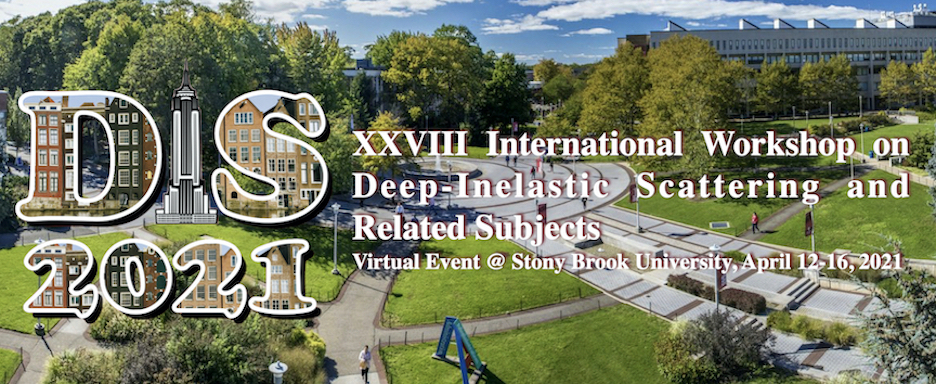Speaker
Description
In recent years, a lot of attention has been invested in the study of the nucleon structure, in particular, its spin decomposition.
Early experiments such as HERMES and COMPASS showed that an important fraction of the latter could not be explained solely by the contribution of the intrinsic spins of the quarks. More recent experiments exhibit that even the gluon spin contribution isn't sufficient to make up the difference.
Thus, both quark and gluonic Orbital Angular Momentum (OAM) play a key role in the Nucleon Spin Decomposition. Anticipated experimental measurements which will be undertaken at the Electron-Ion Collider (EIC) at the Brookhaven National Laboratory are expected to lead to better understanding of the OAM contributions and provide bounds for their values.
Two competing decompositions of the nucleon spin, those of Ji (kinetic) and Jaffe-Manohar (JM, canonical) , have notably been introduced. Following the work of Burkardt, to shed some light on the role of Initial or Final State Interactions (ISI or FSI), we study the potential transverse momentum (TM) and potential OAM, defined as the difference of these observables between both formalism.
Being that this analysis is incredibly complicated in QCD, we set ourselves in the framework of the Scalar Diquark Model (SDM), a simple but explicit perturbative model which preserves Lorentz covariance.
First, we show that from a perturbative calculation in dimensional regularisation, we recover the interpretation of the quark potential transverse momentum as the quark Sivers shift. In doing this, we exhibit an interesting behaviour in the implementation of dimensional regularisation in which particular care has to be taken.
It was previously shown that the Ji and JM OAM coincide at first perturbative order. However, considering that the Sivers shift appears at second perturbative order, a non-vanishing potential OAM was expected to arise at the same order. Yet, we found that at this order also in the SDM, the $1/\epsilon^{2}$ term vanishes for the potential OAM, whereas it is nonzero for the potential transverse momentum.

